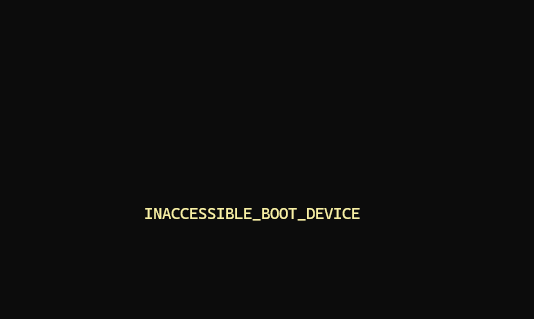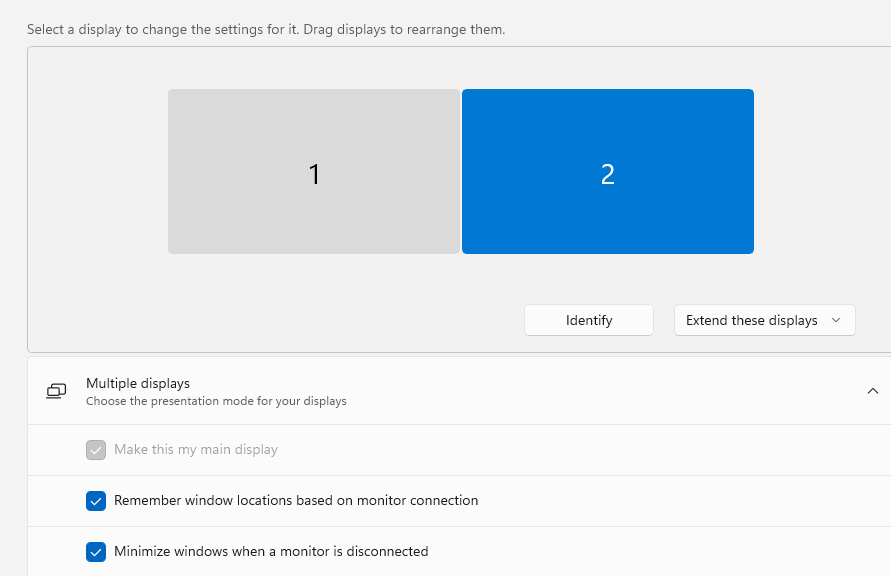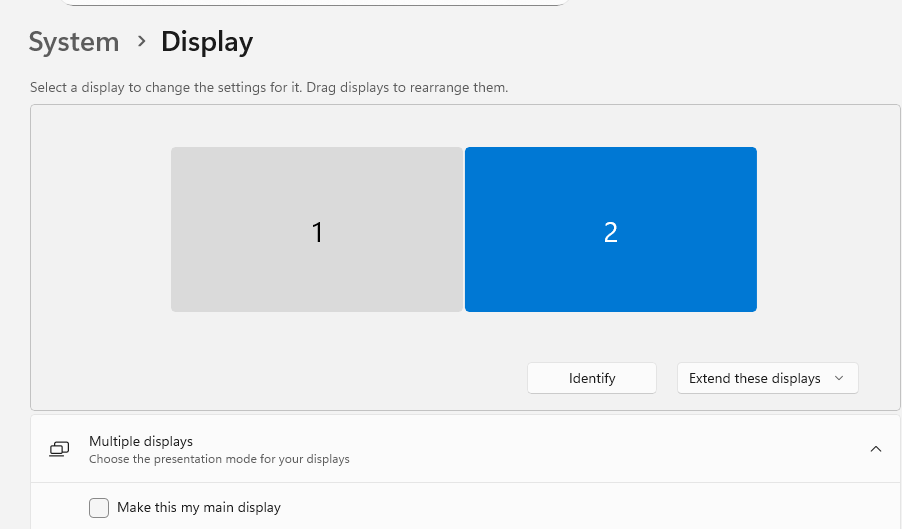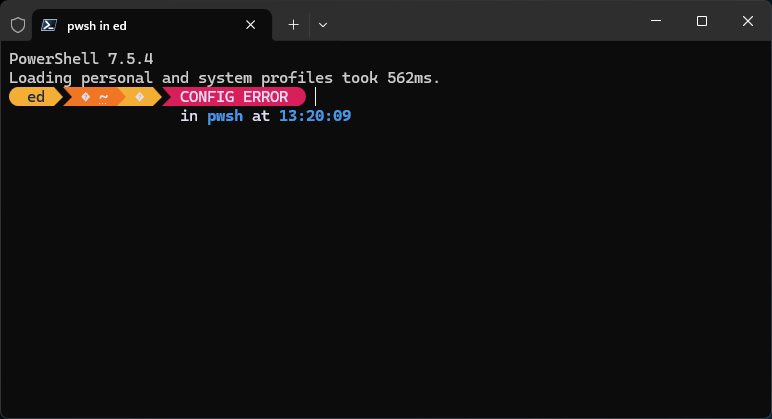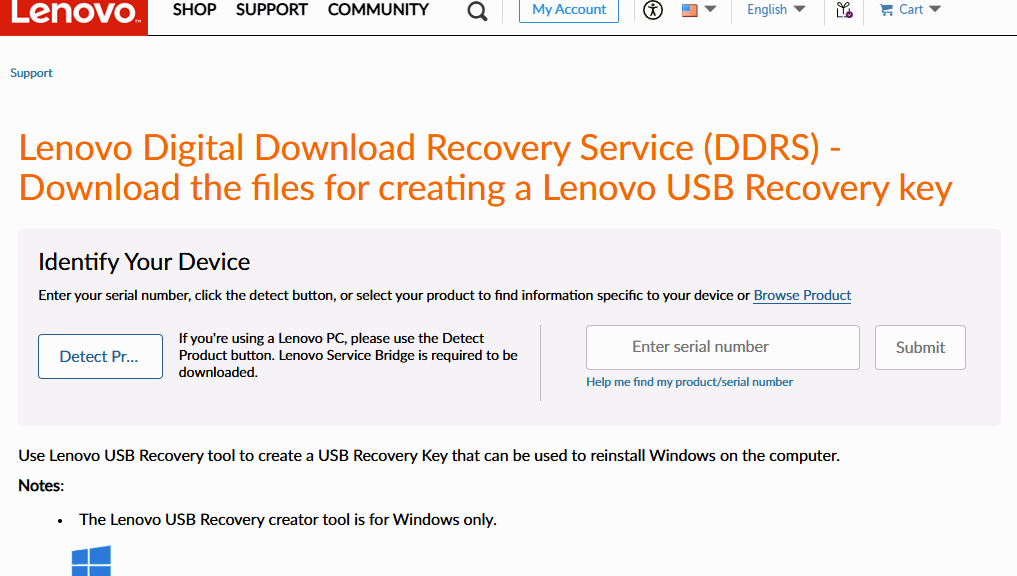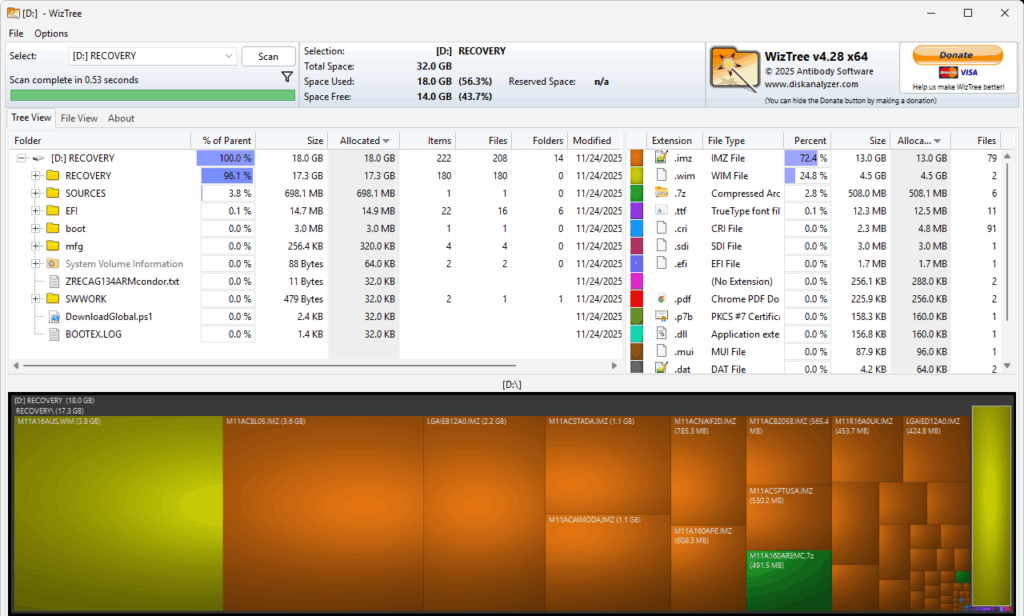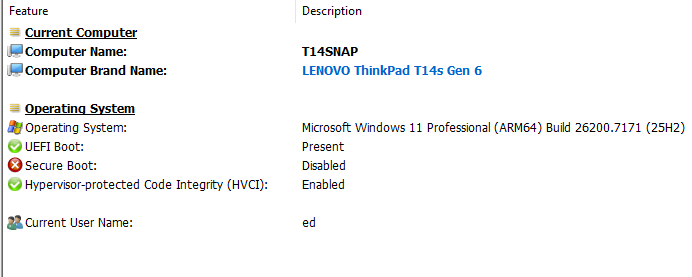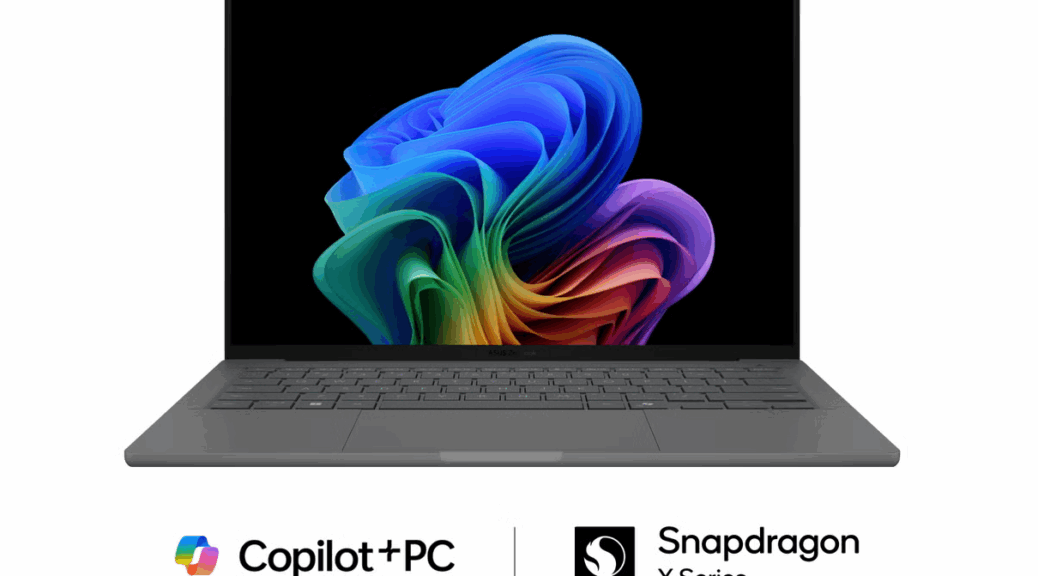OK, then. I just returned from a 10-day hiatus during which time we drove to California and back. Purpose: to pick up number-one son at college and bring him home for the holidays. When I sat down at my desk, I noticed that the ThinkPad T14s would sense my presence, and start itself up unprompted, even though I was busy on my desktop. This illustrates one of the various presence sensing pitfalls that Windows 11 sets up, and the ThinkPad enables. Let me explain…
Working Around Presence Sensing Pitfalls
In theory, presence sensing uses the PC’s camera to figure out when you’re close by, and to start itself up when you move into some distance from the device. (See lead-in graphic.) In practice, things are a little more complex and interesting. Why so? Here are some reasons:
- Inside Settings, if you look for presence sensing through brute force, not much appears. If you search, that leads to Privacy & security > Presence Sending.
- You can’t get to “Presence Sensing settings” directly, because they appear under System > Power & battery > Turn off my screen when I leave. There’s a section entitled “Wake my device when I approach” with other entailments, too. That’s where the real action is.
- Looks like presence sensing works best when it’s for a primary machine, but not so much when it’s a secondary beast. I’m turning it off on the laptop for that reason.
Long story short: to defeat the presence sensing (I mostly use this unit via RDP anyway), I had to turn off “Wake my device when I approach.” That not only stops it from firing up while I’m sitting at my desk, it also keeps it from popping up and doing stuff every 30 seconds or so (mildly vexing).
It just goes to show that not all Windows controls are completely intuitive. Nor are they always labeled as you think they should be. I’m convinced that’s why MS had to put a link to “Presence Sensing settings” on the eponymous screen (“Presence Sensing”) in the Privacy & Security silo in Settings. Here in Windows-World, the only way to get where you need to go may be indirect. This is one such path…



